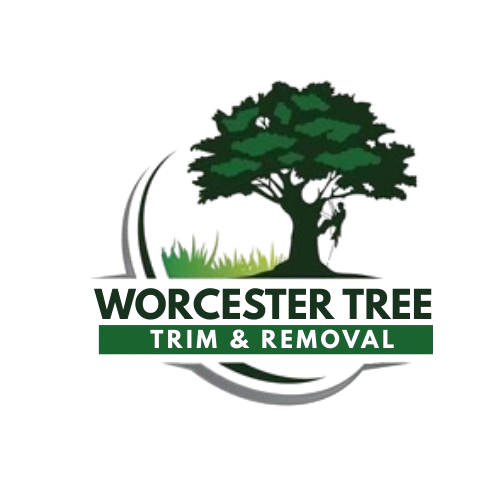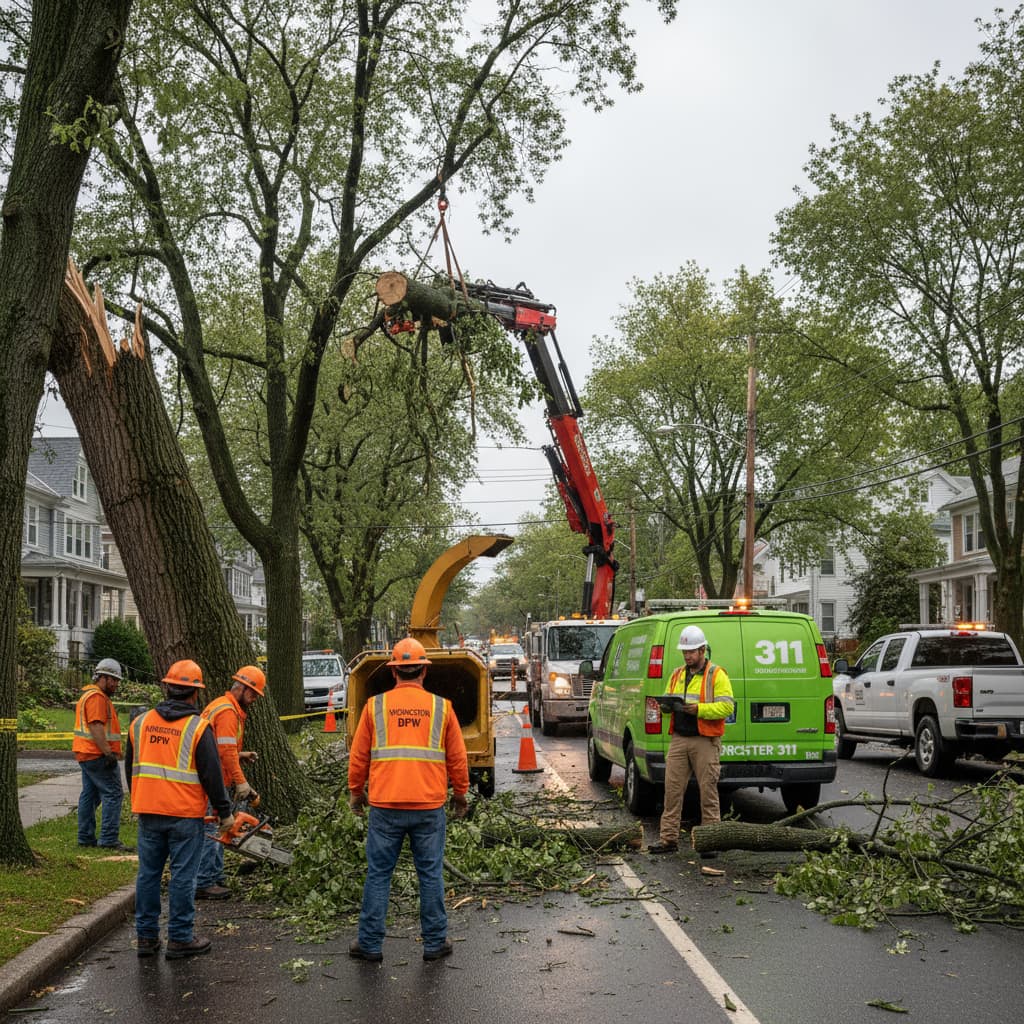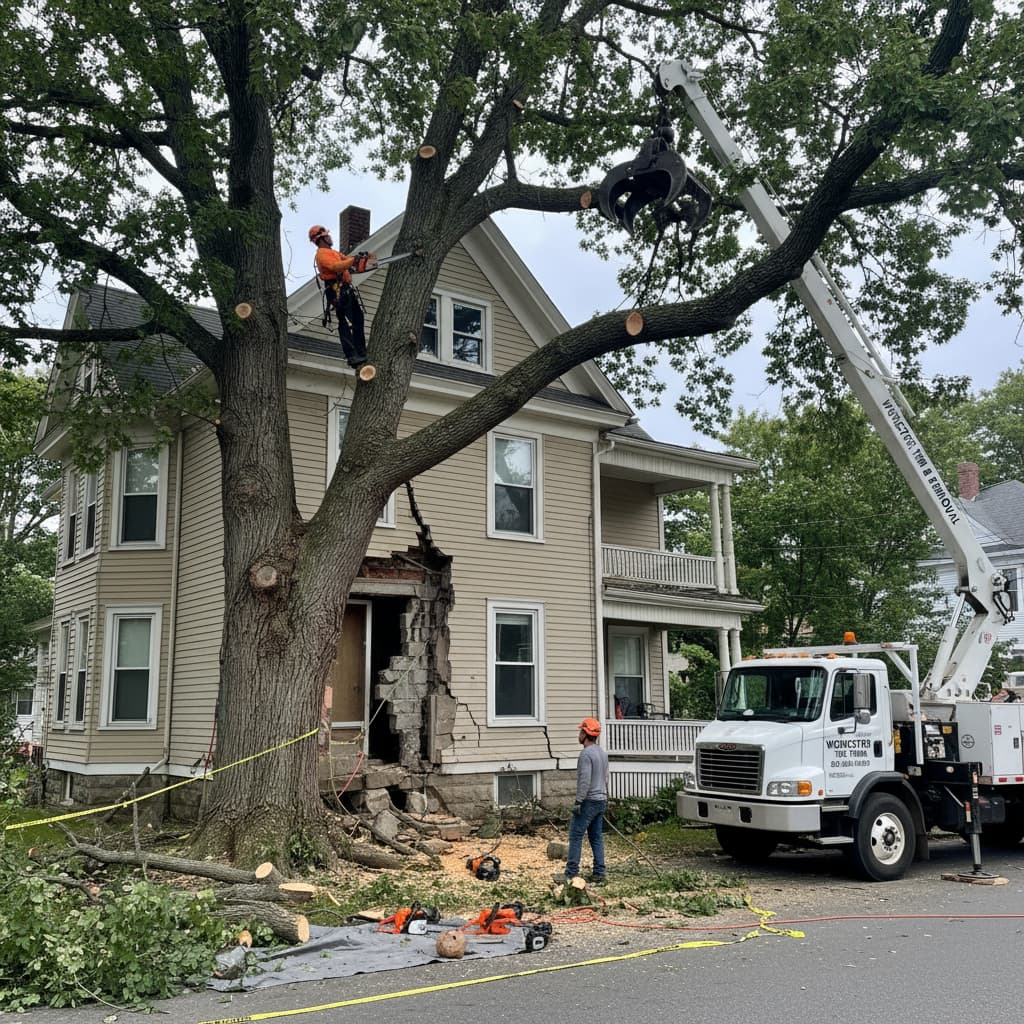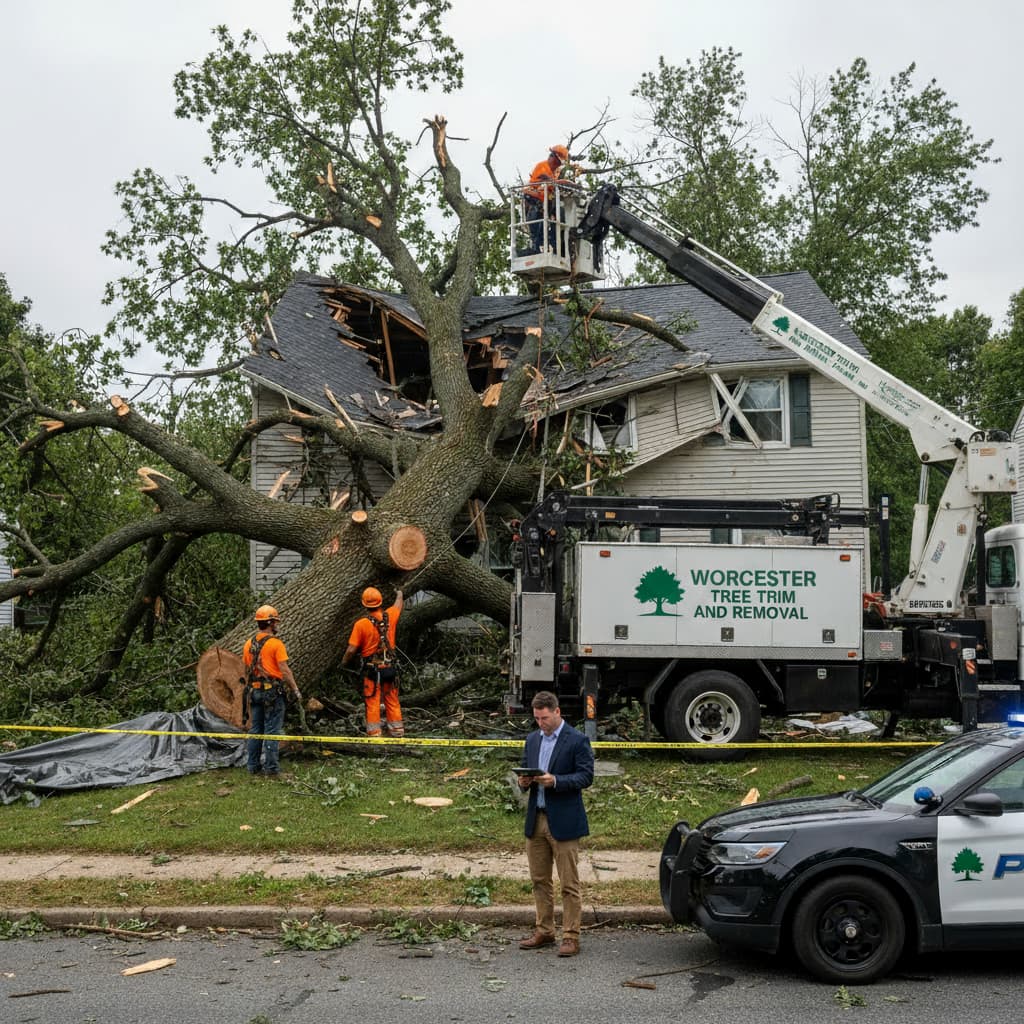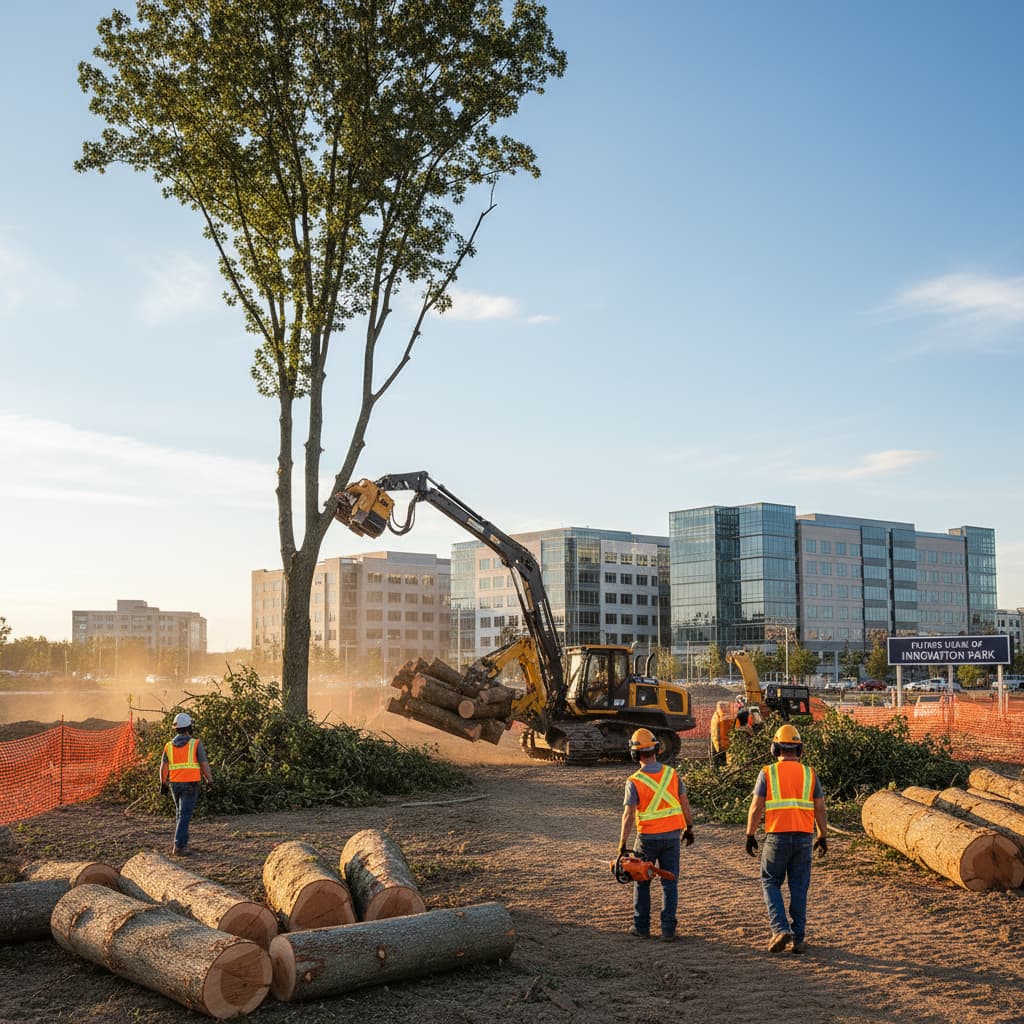
Tree Disease Treatment Options for Ash Dieback in Massachusetts
Tree Disease Treatment Worcester
Massachusetts property owners face a dual threat to their ash trees from both native and introduced disease pressures. While the emerald ash borer continues its devastating march through Worcester County and beyond, tree disease treatment professionals must also remain vigilant for the potential arrival of ash dieback, a fungal disease that has devastated ash populations across Europe. Understanding available treatment options and preventive strategies becomes crucial for protecting valuable ash trees around properties from Green Hill Park to the tree-lined neighborhoods surrounding College of the Holy Cross.
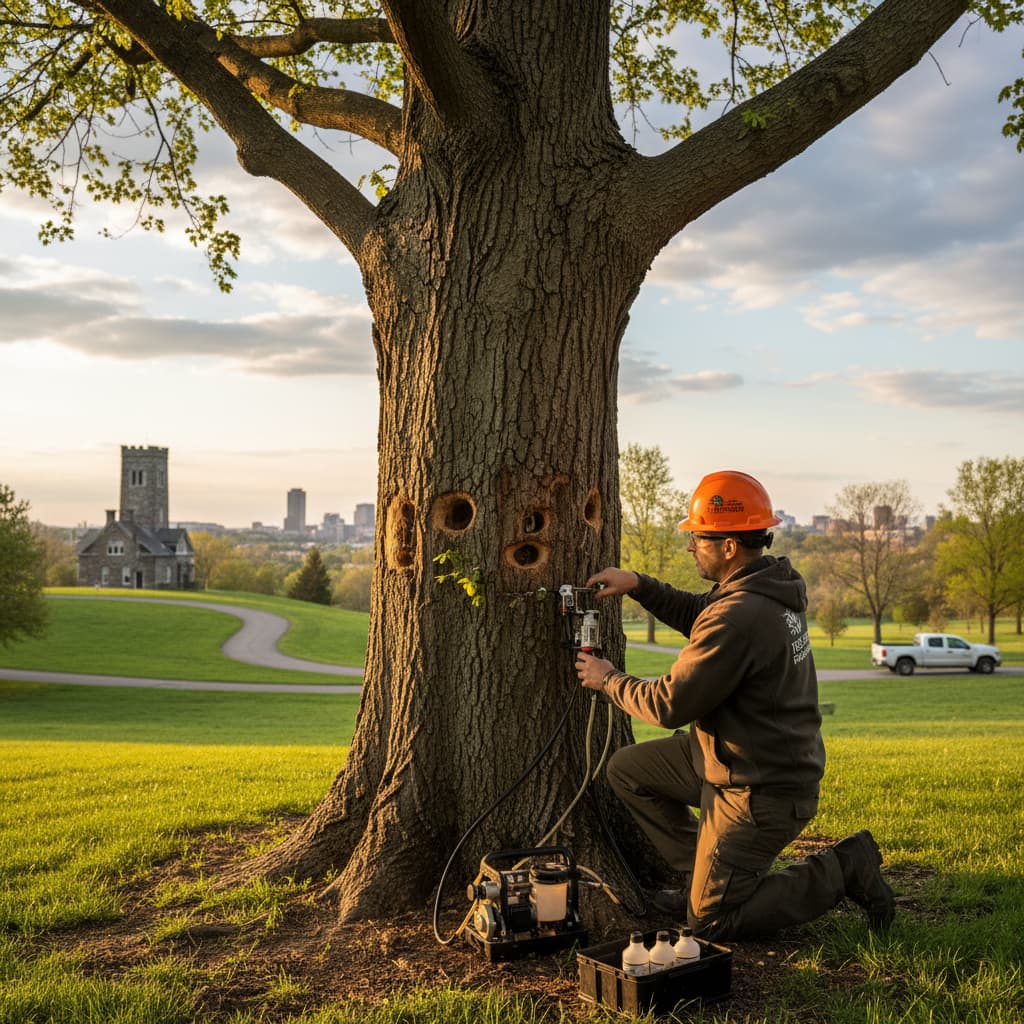
Understanding the Ash Disease Complex in Massachusetts
The term “ash dieback” can refer to different conditions affecting ash trees, making proper diagnosis essential for effective tree disease treatment. Currently, Massachusetts faces significant pressure from the emerald ash borer, an invasive beetle that has been confirmed in Worcester County and throughout Central Massachusetts. However, the fungal ash dieback disease caused by Hymenoscyphus fraxineus, while not yet established in North America, represents a potential future threat that arborists monitor closely.
Emerald Ash Borer: The Primary Current Threat
Emerald ash borer attacks all native North American ash species, including the white ash, green ash, and black ash, which are common throughout Worcester area properties. The invasive beetle’s larvae feed beneath the bark, creating serpentine galleries that disrupt nutrient and water transport, ultimately girdling and killing trees within 2-4 years of initial infestation.
Early symptoms include canopy dieback starting at the tree crown, increased woodpecker activity creating “blonding” patterns on bark, D-shaped exit holes from emerging adult beetles, and vertical bark splits over larval galleries. Properties in established neighborhoods like Crown Hill-Piedmont and along the Blackstone River Bikeway often contain mature ash trees, particularly vulnerable to rapid decline once infested.
Fungal Ash Dieback: A Potential Future Concern
The fungal disease ash dieback, caused by Hymenoscyphus fraxineus, has not been detected in Massachusetts or anywhere in North America. However, given its devastating impact on European ash populations, with mortality rates reaching 80-85% in affected areas, tree care professionals remain alert for potential introductions through imported plant material or natural spore dispersal.
This fungal pathogen would present different symptoms than the emerald ash borer, including dark leaf patches during summer, early leaf drop, diamond-shaped bark lesions, and progressive crown dieback from fungal infection rather than beetle damage.
Current Treatment Options for Emerald Ash Borer
Effective tree disease treatment for emerald ash borer relies on systemic insecticides that move through the tree’s vascular system to target the larval stage feeding beneath the bark. Massachusetts certified arborists utilize several proven treatment approaches based on tree size, health status, and site conditions.
Systemic Insecticide Treatments
Emamectin benzoate represents the most effective treatment option for emerald ash borer control. Applied through trunk injection by licensed professionals, this restricted-use insecticide protects for 2-3 years with proper application timing. Treatment works best on trees showing less than 30% crown dieback, making early intervention crucial for successful outcomes.
Imidacloprid offers another systemic treatment option, available through soil drench, soil injection, or trunk injection applications. While slightly less effective than emamectin benzoate, imidacloprid treatments cost less and can provide 1-2 years of protection when properly applied before or during the early stages of infestation.
Dinotefuran, applied as a basal bark spray, provides systemic protection by absorption through the bark. This treatment method works well for smaller trees and provides effective control when applied according to label directions during appropriate timing windows.
Treatment Timing Considerations
Massachusetts treatment timing follows specific windows to maximize effectiveness while minimizing environmental impact. Spring applications, made 30 days before expected adult emergence in late May, provide optimal protection by establishing systemic concentrations before egg-laying begins.
Summer treatments, applied during June through August, can effectively control larval populations already feeding beneath the bark. However, treatments should occur during morning hours when temperatures remain moderate to ensure proper uptake and minimize stress to treated trees.
Worcester Tree Trim and Removal schedules treatments based on local emergence patterns and individual tree assessment, ensuring optimal timing for each property’s specific conditions and ash tree health status.
Professional Assessment and Treatment Planning
Effective tree disease treatment requires proper diagnosis and assessment of individual trees to determine the most appropriate intervention strategy. Not all ash trees warrant treatment, making professional evaluation essential for cost-effective management decisions.
Tree Health Evaluation
Certified arborists assess multiple factors when evaluating ash trees for treatment potential. Tree size, health status, location value, and current infestation levels all influence treatment recommendations. Trees showing more than 50% crown dieback rarely respond well to treatment and may require removal for safety reasons.
High-value ash trees in prominent locations, such as those providing shade near historic properties in downtown Worcester or mature specimens framing views around Holy Cross’s campus, often justify treatment costs due to their landscape and property value contributions.
Site-Specific Treatment Selection
Treatment method selection depends on tree size, site accessibility, and environmental considerations. Large trees typically require professional trunk injection treatments, while smaller trees may respond well to soil-applied systemic treatments that homeowners can apply under professional guidance.
Properties with multiple ash trees may benefit from comprehensive treatment programs that prioritize the healthiest, most valuable specimens while planning for strategic removal and replacement of severely affected trees.
Integrated Management Approaches
Successful ash tree management combines chemical treatments with cultural practices and long-term planning to address both current threats and future sustainability concerns.
Biological Control Integration
Massachusetts participates in federal biological control programs that release specialized parasitic wasps to help suppress emerald ash borer populations. Three species of parasitoid wasps have been released in the state, including Tetrastichus planipennisi, Spathius galinae, and Oobius agrili.
While biological control agents cannot save individual trees in the short term, they may help reduce overall population pressure over time, potentially extending the effective period of chemical treatments and reducing long-term management costs.
Preventive Measures and Monitoring
Early detection programs help identify new infestations before extensive damage occurs. Property owners can learn to recognize early symptoms and report suspicious findings to state forestry officials or certified arborists for professional confirmation.
Avoiding the movement of ash firewood and plant materials helps prevent the human-assisted spread of the emerald ash borer to new areas. Worcester County residents should purchase local firewood and avoid transporting ash materials from infested areas.
Future Preparedness and Disease Prevention
While focusing on current emerald ash borer threats, tree care professionals also prepare for potential new introductions of ash diseases, including the fungal ash dieback that has devastated European ash populations.
Monitoring and Reporting Systems
Massachusetts maintains active monitoring programs for new tree diseases, including potential introductions of fungal ash dieback. Property owners should report unusual symptoms on ash trees that don’t match typical emerald ash borer patterns, particularly leaf symptoms occurring during the growing season.
Early detection of new diseases depends on vigilant observation by property owners, landscapers, and tree care professionals who understand both current threats and emerging concerns that could affect local ash populations.
Long-term Planning Considerations
Successful ash management requires long-term planning that addresses both current treatment needs and future landscape sustainability. Properties should develop management plans that include treatment schedules for valuable trees, removal timelines for severely affected specimens, and replacement planning with diverse tree species.
Species diversification reduces future vulnerability to tree diseases by avoiding over-reliance on any single species. Worcester area properties can incorporate native alternatives like red oak, sugar maple, and American basswood to maintain canopy coverage while reducing disease risk.
Professional Treatment Services
Effective tree disease treatment for ash trees requires specialized equipment, licensed pesticide applicators, and ongoing monitoring to ensure treatment success and tree health maintenance.
Certified Arborist Expertise
Massachusetts certified arborists understand local disease pressures, treatment timing requirements, and proper application techniques for various systemic insecticides. They carry appropriate licensing for restricted-use pesticides and maintain insurance coverage for professional treatment applications.
Professional services provide comprehensive assessment, treatment application, and follow-up monitoring to track treatment effectiveness and adjust management plans as conditions change.
Worcester Tree Trim and Removal combines local expertise with current research-based treatment protocols, ensuring that Central Massachusetts property owners receive effective tree disease treatment tailored to local conditions and specific property needs.
